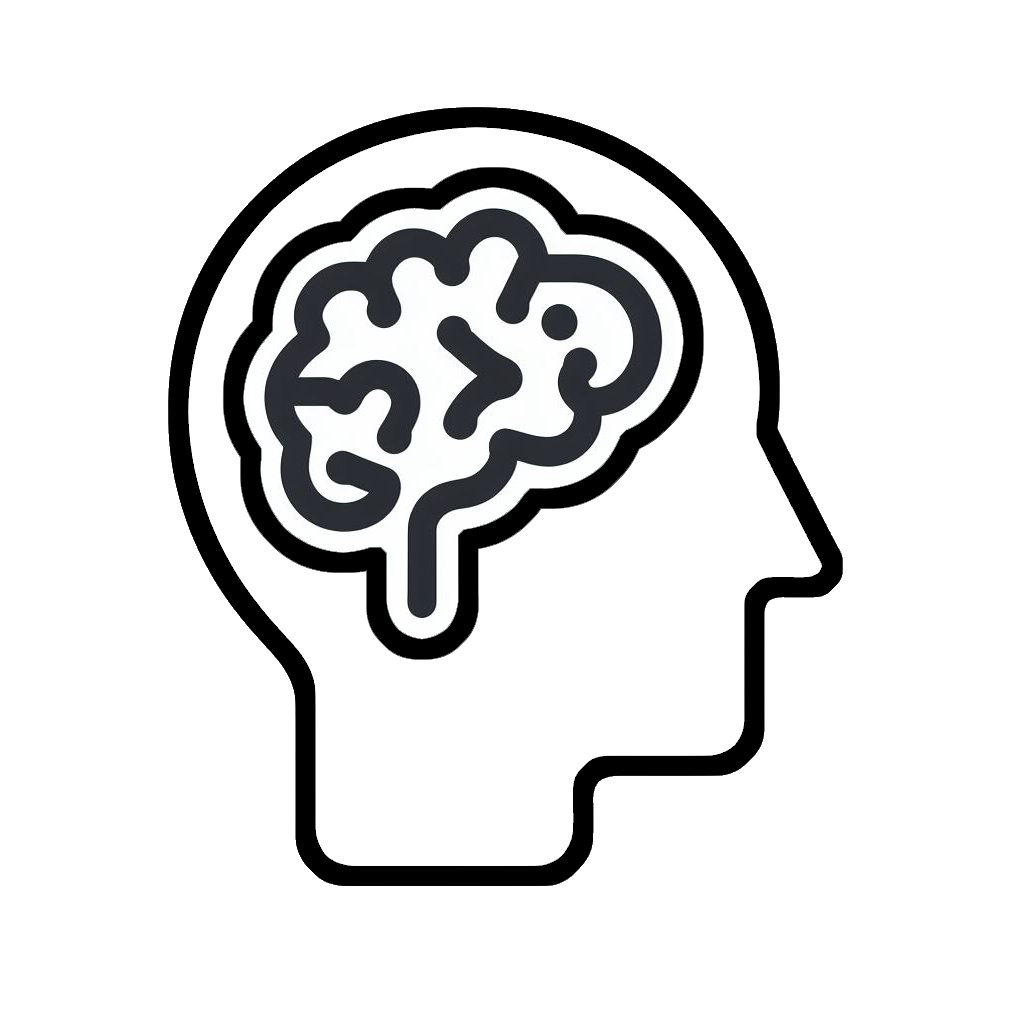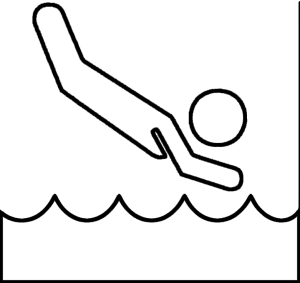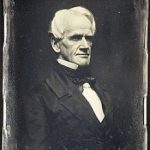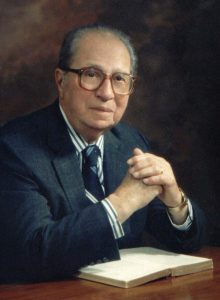Philosophical Foundations
 Preparing to Learn
Preparing to Learn
Philosophical Foundations
Before discussing the philosophical foundations of education, complete the assessment below to check what you already know, what you need to unlearn, and what you might be interested in exploring further.
Philosophical Foundations
Think of two excellent teachers you had throughout your educational experience: consider their traits, personalities, and approaches to teaching. You may find in your brief reflection that these two teachers were vastly different in how they approached teaching, and this is because there are many ways to teach effectively. As the last module demonstrated, there is an overlap of traits that effective teachers tend to hold. Still, by and large, teachers bring their personalities, experiences, and philosophies to the subjects they teach.
As teachers and students in teacher education programs are exposed to the history of teaching and get their own experiences in the classroom as educators, they begin to develop their teaching philosophy, which serves to guide their approach to teaching. There are many ways to teach, varying circumstances to consider, and philosophies to apply to each classroom.
What Is A Teaching Philosophy?[1]
A teaching philosophy is a philosophy that guides a teacher’s practice. There are many ways to teach, varying circumstances to take into account, and philosophies to apply to each classroom. And what better way to have a positive impact on the world than to offer knowledge for consumption? The term ‘teacher’ can be applied to anyone who imparts knowledge of any topic, but it is generally more focused on those hired to do so. In imparting knowledge to our students, it is inevitable that we must consider our own personal philosophies, or pedagogies, and determine not only how we decide what our philosophies are, but also how those impact our children or teaching and learning.
Keep in mind educators embrace continuous improvement and change. As knowledge, skills, and disposition for teaching grow, so will your philosophy of teaching statement. This is a critical disposition for the profession of teaching. State teaching licensure requirements will outline which areas are most pertinent to grow in this profession in addition to school district training and personal professional interests.
Five Key Educational Philosophies[2]
Educational philosophies help guide a teacher’s practice and are informed by their experiences, beliefs, and values. There are five philosophical perspectives currently used in educational settings. They are progressivism, social reconstructionism/critical pedagogy, existentialism, essentialism, and perennialism. These five perspectives focus primarily on what should be taught and how it should be taught and fall into two categories: student-centered philosophies and teacher-centered philosophies.
Student-Centered Philosophies:
Teacher-Centered Philosophies
 Deeper Dive
Deeper Dive
Horace Mann
 Horace Mann (May 4, 1796 – August 2, 1859) was an American educational reformer. He was known for his commitment to promoting public education and believed in educational equity. He worked to uplift the public education system to better serve all school-aged children. As you read the report linked below, consider Mann’s educational philosophy and what has not changed since 1848.
Horace Mann (May 4, 1796 – August 2, 1859) was an American educational reformer. He was known for his commitment to promoting public education and believed in educational equity. He worked to uplift the public education system to better serve all school-aged children. As you read the report linked below, consider Mann’s educational philosophy and what has not changed since 1848.
Read more about Horace Mann’s educational philosophy: Report Number 12 of the Massachusetts School Board
A Closer Look at Student-Centered Philosophies[3]
Progressivism
Key Theorists: John Dewey, Maria Montessori

Progressivism focuses its educational stance on experiential learning, focusing on developing the whole child. Students learn by doing rather than being lectured to by teachers. The curriculum is usually integrated across contents instead of siloed into different disciplines. Progressivism’s stance is in stark contrast to Essentialism and Perennialism in this manner. Progressivism follows an explicit pragmatic ontology where the learner focuses on solving real-world problems through authentic experiences. Progressivist classrooms are student-centered, where students will work in cooperative/collaborative groups to do project-based, expeditionary, problem-based, and/or service-learning activities. In progressivist classrooms, students have opportunities to follow their interests and have shared authority in planning and decision-making with teachers.
- This is a student-centered form of instruction where students follow the scientific method of questioning and searching for the answer.
- Evaluations include projects and portfolios.
- Current events are used to keep students interested in the required subject matter.
- Students are active learners as opposed to passive learners.
- The teacher is a facilitator rather than the center of the educational process.
- Student input is encouraged, and students are asked to find their interpretation of the answer and have a choice in projects and assignments. (Educational Philosophies in the Classroom, pg.1).
- Real-world problem-solving is emphasized.
- Subjects are integrated.
- Interaction among students.
- Students have a voice in the classroom.
Social Reconstructionism
Key theorists: Paulo Freire, bell hooks
Social reconstructionism was founded as a response to the atrocities of World War II and the Holocaust to assuage human cruelty. Social reform is in response to helping prepare students to make a better world by instilling democratic values. Critical pedagogy emerged from the foundation of the early social reconstructionist movement. Critical pedagogy is the application of critical theory to education. For critical pedagogues, teaching and learning are inherently political, and they declare that knowledge and language are not neutral, nor can they be objective. Therefore, social, environmental, or economic justice issues cannot be separated from the curriculum. Critical pedagogy aims to emancipate marginalized or oppressed groups by developing, according to Paulo Freire, conscientização, or critical consciousness in students. Critical pedagogy de-centers the traditional classroom, which positions teachers at the center. The curriculum and classroom, with a critical pedagogy stance, is student-centered and focuses its content on social critique and political action.
- This student-centered philosophy strives to instill a desire to make the world a better place.
- It focuses on controversial world issues and uses current events as a springboard for the thinking process.
- These students are taught the importance of working together to bring about change.
- These teachers incorporate what is happening in the world with what they are learning (Educational Philosophies in the Classroom, pg.1).
Existentialism[4]
Key theorists: Jean-Paul Sartre and Simone de Beauvoir
According to Akinpelu (1981), existentialism is “the philosophy of existence.” Sartre (1957) also states that “man is nothing else but what he makes of himself.” A person is, therefore, free to choose the type of life to live and is in control of their destiny. An individual is thus free to make choices and be responsible for them.
Reality, therefore, is subjective. Values emphasized are those the individual chooses freely according to his/her perception.
The main implication is an emphasis on knowledge and abilities for personal choice. Hence, there is a need to acquire knowledge and principles of the human condition and the act of choice-making.
The curriculum should have a broad range of subject matter from which learners can choose, i.e., electives, and an inclusion of subjects that involve:
- human emotions,
- aesthetics, and also,
- philosophical subjects.
Most importantly, philosophy can free learners to expand their learning and what they believe. Thus, there should be no standard guides for teachers, given that learners are unique.
 Deeper Dive
Deeper Dive
Understanding Student-Centered Philosophies
Progressivism
- Video: Progressivism in the 20th Century
- Video: Progressivism as an Educational Theory
- Video: Progressivism: Overview and Practical Teaching Examples
Social Reconstructivism
- Video: Social Reconstructivism in Education
- Article: Education as a Practice of Freedom: Reflections on Bell Hooks
- Article: About Paulo Freire
Existentialism
Teacher-Centered Philosophies[5]
Essentialism
Key theorists: William Bagley, E.D. Hirsh Jr.
Essentialism adheres to the belief that a core set of essential skills must be taught to all students. Essentialists tend to privilege traditional academic disciplines that will develop prescribed skills and objectives in different content areas and develop a common culture. Typically, essentialism argues for a back-to-basics approach to teaching intellectual and moral standards. Schools should prepare all students to be productive members of society. Essentialist curricula focus on reading, writing, and computing clearly and logically about objective facts about the outside real world. Schools should be sites of rigor where students learn to work hard and respect authority. Because of this stance, essentialism tends to subscribe to tenets of Realism. Essentialist classrooms tend to be teacher-centered in instructional delivery, emphasizing lectures and teacher demonstrations.
- Essentialists believe that all students need a universal pool of knowledge.
- The fundamentals of teaching are the basis of the curriculum: math, science, history, foreign language, and English. Vocational classes are not seen as a necessary part of educational training.
- Classrooms are formal and teacher-centered, and students are passive learners.
- Evaluations are predominately through testing, and there are few, if any, projects or portfolios.
Perennialism
Key theorists: Robert Hutchins, Mortimer Adler

Perennialism advocates for seeking, teaching, and learning universal truths that span across historical periods. These truths, Perennialists argue, have everlasting importance in helping humans solve problems regardless of time and place. While Perennialism resembles essentialism at first glance, perennialism focuses on the student’s development rather than on skills. Perennialism supports liberal arts curricula that help produce well-rounded individuals with some knowledge across the arts and sciences. All students should take classes in English Language Arts, foreign languages, mathematics, natural sciences, fine arts, and philosophy. Like Essentialism, Perennialism may favor teacher-centered instruction; however, Perennialists utilize student-centered instructional activities like Socratic Seminar, which values and encourages students to think, rationalize, and develop their ideas on topics.
- The knowledge passed through the ages should be continued as the basis of the curriculum, like the classic works of Plato and Einstein.
- Reason, logic, and analytical thought are valued and encouraged.
- Only information that stood the test of time is relevant. These prepare students for life and help them develop rational thinking.
- History, science, math, and religion are most likely to be considered under this approach (Educational Philosophies in the Classroom, pg.1).
 Deeper Dive
Deeper Dive
Understanding Teacher-Centered Philosophies
Essentialism
- Video: Essentialism
- Article: Analysis of Essentialism: The Educational Philosophy
Perennialism
Conclusion
As an educator, you will want to reflect on your own teaching practices and consider which philosophy or philosophies align with those practices. As you continue your teaching journey, you will learn that a person’s teaching philosophy is not static and tends to transform over time. If you find that your teaching philosophy changes over time as you become more familiar with your approach to teaching and the expectations placed on you as a teacher, that is to be expected. Having a teaching philosophy that shifts over time is an indication of personal and professional growth, and that is something to be celebrated.
References
Sartre, J. P. (1957). Being and Nothingness: An Essay on Phenomenological Ontology (Translated and with an Introduction by Hazel E. Barnes). London: Methuen & Co Ltd.
- The following section is revised from SUNY Oneonta Education Department (n.d.) Foundations of Education. Creative Commons Attribution 4.0 International License. ↵
- The following section is revised from Foundations of Education (Chapter 8) by Dionne Nichols, under a license ↵
- The following section is revised from SUNY Oneonta Education Department (n.d.) Foundations of Education. Creative Commons Attribution 4.0 International License. ↵
- The following section is revised from Curriculum Essentials: A Journey (2021) by Button, L.J. under a Creative Commons Attribution-ShareAlike 4.0 International License. ↵
- The following section is revised from SUNY Oneonta Education Department (n.d.) Foundations of Education. Creative Commons Attribution 4.0 International License. ↵
